
Off-line large-scale sediment traps
Reducing sediment reaching Waituna Lagoon
Living Water wants better outcomes for the environment, the economy and New Zealanders – this means finding solutions for healthy freshwater ecosystems and sustainable dairying to thrive side by side.
We’re focused on trialling solutions that can be taken to scale and that will create real change - it’s why DOC and Fonterra are working together and is the purpose of our work. This includes physical tools that are designed to fulfil a particular action for freshwater improvement in the landscape, as well as approaches, processes, ways of working or system changes that move us towards more sustainable dairying and healthier freshwater ecosystems.
As we gather results, we’ll see which solutions can be scaled across catchments or regions, how that might be done (what support and capacity does the farming sector and communities need to get there), and how much it might cost.
Reducing sediment reaching Waituna Lagoon
Making it easier to protect and enhance on-farm biodiversity
A multi-phase restoration, wetland reconnection and water management project
Trialling ways to improve the habitat of a roadside drain
Helping landowners to put the right tree in the right place
Sediment traps are simple, low-cost excavations in a watercourse or near a waterbody that capture and reduce the downstream movement of gravel, sand, and silt.
Are nutrient filters a practical solution for farmers to reduce their impact on water quality?
Reducing contaminants and improving wetland habitat
Creating wetlands in wet areas on-farm can provide biodiversity benefits while also reducing flooding, erosion, and improving water quality.
Spraying a mixture of water, seed, mulch and sometimes fertilisers onto the ground in difficult to reach places
Can nitrogen fertiliser use be reduced without compromising pasture growth?
Engaging farmers with biodiversity on their farms
Digitised up-to-date environmental action plans for farmers
Reducing the biomass of invasive macrophyte Ludwigia by aerial spraying with drones, rather than hand weeding or excavation
Can we control an invasive weed with Brazilian beetles?
Assessing the costs and benefits of restoring Aotearoa New Zealand’s lowland drainage network at a national scale
Breaking down barriers for our native freshwater fish
Reducing contaminants reaching Waituna Lagoon
Integrating landscape properties and cutting-edge science to explain why water quality varies
Using simple structures to manage peak flows
Reduce the rate of sediment and nutrients originating from on-farm and off-farm activities
Can continuous, accurate data that’s accessible to all parties involved in catchment management empower and inspire change?
Trialling a catchment wide approach to managing drains and waterways
What can economic cost benefit analysis tell us about the value of environment improvement activities?
Testing the usefulness of taking an ecosystems services approach for project planning
Determining whether detention bunds can effectively manage peak run off and reduce sediment in Northland
Helping landowners to better understand where to put contaminant management interventions to improve water quality leaving farms
An inexpensive way to gather baseline information, identify key ecological issues and prioritise areas and activities for effective catchment management
A GIS-based tool to help community groups and landowers in smaller catchments to prioritise actions for freshwater improvement
Using a sample of water, soil or sediment can detect species much more easily than electrofishing or intensive trapping
Preventing the spread of invasive pest fish
Working with landowners to acquire land for environmental outcomes
What Living Water achieved and learnt from the 10-year partnership
A framework to guide the planning, monitoring and evaluation approach for Living Water
We trialled physical tools, as well as approaches, processes, ways of working and system changes
This work is more than just communications and marketing, it is about engaging people and organisations on a change journey
Our approach to working with mana whenua
Breaking down barriers for our native freshwater fish
Making it easier to protect and enhance on-farm biodiversity
Integrating landscape properties and cutting-edge science to explain why water quality varies
Assessing the costs and benefits of restoring Aotearoa New Zealand’s lowland drainage network at a national scale
Digitised up-to-date environmental action plans for farmers
Engaging farmers with biodiversity on their farms
Partnering with the University of Canterbury on transforming agricultural drains into healthy waterways
Partnering with QEII National Trust to accelerate the protection of significant habitat on farms.
How the Living Water partnership and programme is organised to deliver the mahi
How Living Water made choices about where to work
How we collected information to inform decisions on what work to do
Taking a new approach to strategic planning


-0-322-0-215-crop.jpg?k=d3f883d274)














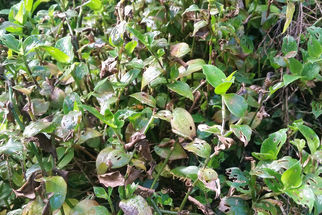
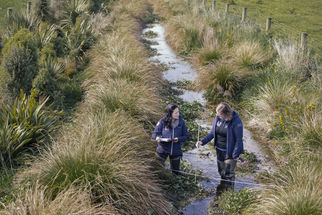







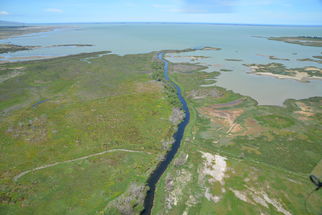




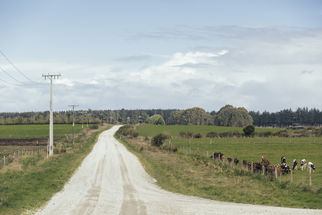



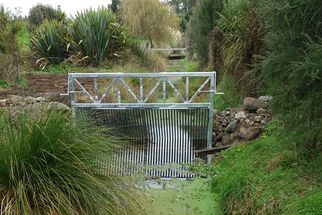






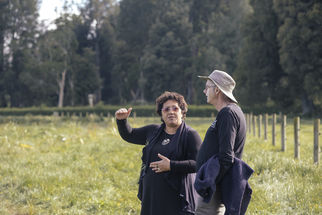
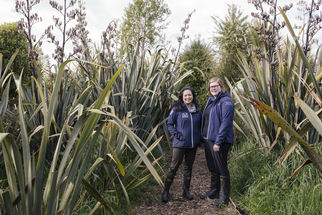





Social tools
Ngā Taputapu ā-Pāpori
Living Water Evaluation Overview
What Living Water achieved and learnt from the 10-year partnership
Monitoring & Evaluation
A framework to guide the planning, monitoring and evaluation approach for Living Water
Māori Engagement and Collaboration
Our approach to working with mana whenua
Waimā Waitai Waiora Partnership Project
Collaborative project incorporating sustainable land management practices and the principles of mātauranga Māori to reduce sediment into the Wairoa River
Whakamana Te Waituna partnership - Phase 1
Whakamana Te Waituna is a five-year, multi-partner project aimed at improving the health of Waituna Lagoon in Southland
Establishing a partnership
Why was Living Water established? What were the challenges of establishing a partnership and what has been learned
Increasing wildlife habitat areas in a farming landscape
Working with landowners to acquire land for environmental outcomes
Incubate: Establishing a Community Trust
How to work together with differing views, backgrounds and goals for ecological restoration
Predator control strategy
Engaging the whole community to achieve outcomes for the environment
SPRINT Planning
Taking a new approach to strategic planning
Waituna Lagoon – Monitoring & Evaluation Approach
A tool to help ensure all the partners are aligned and working collectively toward our agreed outcomes